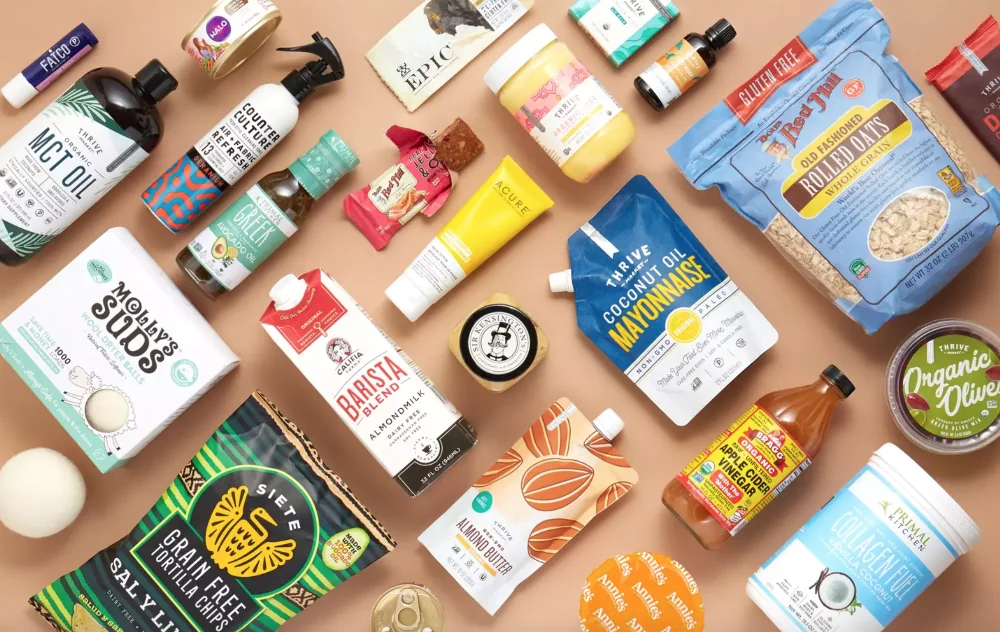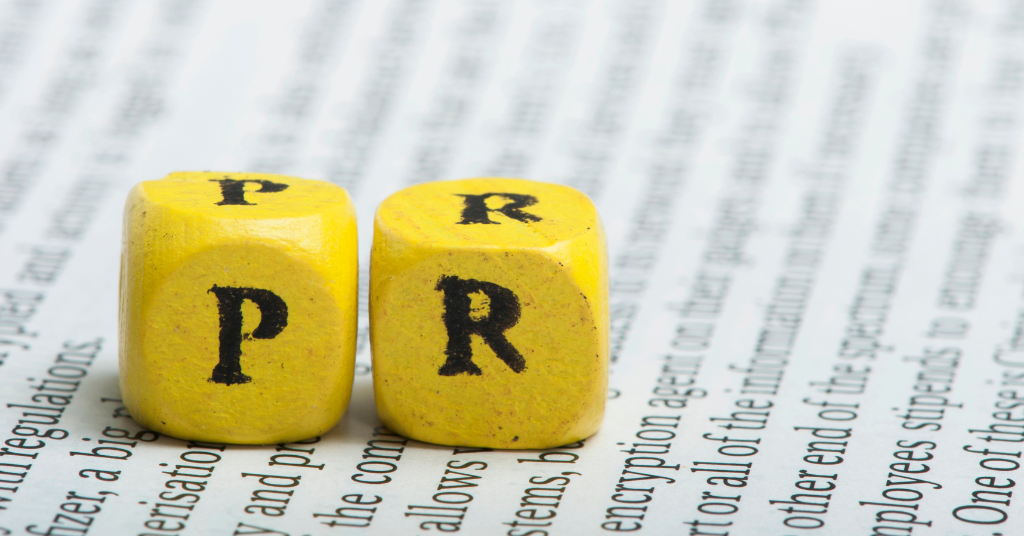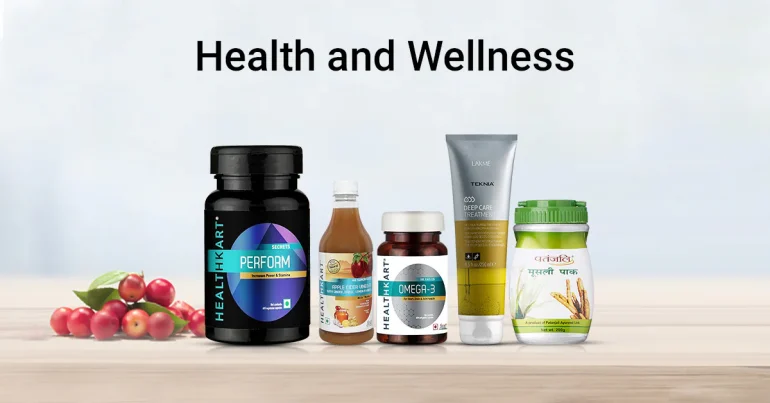The health and wellness industry has experienced unprecedented growth, with consumers increasingly prioritizing their physical and mental well-being. In this competitive world, effective public relations strategies have become essential for brands seeking to establish credibility, build consumer trust, and differentiate themselves from countless competitors. Unlike traditional marketing approaches that focus solely on product promotion, strategic PR for health and wellness brands creates authentic connections with audiences while positioning companies as trusted authorities in their respective niches.
Successful health and wellness PR goes beyond simple product announcements or promotional campaigns. It involves crafting compelling narratives that resonate with health-conscious consumers, leveraging scientific credibility, and building relationships with key stakeholders, including healthcare professionals, influencers, and media outlets. The challenge lies in complex regulatory environments while maintaining authenticity and transparency that modern consumers demand.
The most effective health and wellness brands understand that PR serves as the foundation for long-term brand building rather than quick sales generation. By focusing on education, community building, and thought leadership, these companies create sustainable competitive advantages that transcend individual product launches or marketing campaigns. This comprehensive approach to public relations not only drives immediate awareness but also establishes the trust and credibility necessary for sustained growth in an industry where consumer confidence is paramount.
Understanding Your Target Audience and Market Position

Effective health and wellness PR begins with a deep understanding of your target audience’s motivations, concerns, and information consumption habits. Different demographic segments approach health and wellness with varying priorities and skepticism levels, requiring tailored communication strategies that speak directly to their specific needs and preferences.
Demographic-Specific Messaging Strategies
Millennials and Gen Z consumers typically seek authenticity and transparency in health and wellness communications, preferring brands that share real customer stories and provide detailed ingredient information. These younger demographics are heavily influenced by social media content and peer recommendations, making user-generated content and influencer partnerships particularly effective. Baby Boomers, conversely, often prefer traditional media channels and respond well to expert endorsements from healthcare professionals and established medical institutions.
Building Credibility Through Scientific Backing
Health and wellness brands must establish scientific credibility to overcome consumer skepticism and regulatory scrutiny. This involves partnering with healthcare professionals, conducting or commissioning research studies, and ensuring all health claims are substantiated by legitimate scientific evidence. Brands that successfully communicate complex health information in accessible formats while maintaining scientific accuracy gain significant competitive advantages in building consumer trust.
Crafting Compelling Brand Stories and Narratives
Storytelling represents one of the most powerful tools available to health and wellness brands, enabling them to create emotional connections that transcend traditional product-focused marketing approaches. Effective brand narratives in this space often center around transformation, empowerment, and authentic human experiences that resonate with consumers’ personal wellness journeys.
Authentic Customer Success Stories
The most impactful health and wellness PR campaigns feature real customer testimonials and transformation stories that demonstrate tangible benefits without making unrealistic promises. These narratives should highlight the customer’s journey, challenges overcome, and specific ways the brand contributed to their wellness goals. Successful brands like The Nue Co. have built entire communities around customer stories, encouraging users to share their wellness journeys through branded hashtags and social media campaigns.
Founder and Expert Positioning
Positioning company founders and key executives as thought leaders helps establish brand authority while humanizing the organization. This involves securing speaking opportunities at industry conferences, contributing expert commentary to relevant publications, and developing original research or insights that advance industry conversations. Healthcare professionals associated with the brand should be positioned as credible experts who can speak authoritatively about relevant health topics.
Leveraging Digital PR and Social Media Strategies

Modern health and wellness PR requires sophisticated digital strategies that integrate traditional media relations with social media engagement, influencer partnerships, and content marketing initiatives. The digital offers unprecedented opportunities for direct consumer engagement while presenting new challenges in message control and crisis management.
Influencer Partnerships and Collaborations
Strategic influencer partnerships can significantly amplify brand messages when executed authentically and transparently. Successful health and wellness brands partner with influencers whose values align with their brand mission and who maintain credible expertise in relevant areas. Ritual’s collaboration with nutritionists and fitness experts exemplifies how brands can leverage influencer credibility to build consumer trust while expanding their reach to targeted audiences.
Content Marketing and Educational Resources
Creating valuable, educational content positions health and wellness brands as trusted resources rather than purely promotional entities. This content should address common consumer questions, provide actionable wellness tips, and demonstrate the brand’s expertise without overtly promoting specific products. High-quality visual content, including workout videos, recipe demonstrations, and wellness tutorials, performs particularly well on social platforms and helps build engaged communities around brand values.
Media Relations and Thought Leadership
Building strong relationships with health and wellness journalists, bloggers, and industry publications creates opportunities for earned media coverage that builds credibility more effectively than paid advertising. Successful media relations in this space requires understanding editorial calendars, providing newsworthy angles, and offering genuine value to media outlets and their audiences.
Strategic Press Release Distribution
Effective press releases in the health and wellness space focus on newsworthy developments such as new research findings, product innovations, or significant company milestones rather than purely promotional announcements. These releases should include expert quotes, relevant statistics, and clear explanations of how the news benefits consumers or advances industry knowledge.
Expert Commentary and Industry Insights
Positioning brand representatives as go-to experts for industry commentary creates ongoing media opportunities while establishing thought leadership. This involves monitoring industry trends, preparing expert spokespersons for media interviews, and proactively offering insights on relevant news developments. Media training ensures that company representatives can effectively communicate key messages while avoiding potential pitfalls in health-related communications.
Crisis Management and Reputation Protection

The health and wellness industry faces unique reputation risks due to regulatory scrutiny, potential health claims challenges, and the sensitive nature of consumer health decisions. Proactive crisis management strategies help brands navigate these challenges while maintaining consumer trust and regulatory compliance.
Proactive Crisis Preparation
Successful health and wellness brands develop comprehensive crisis communication plans that address potential scenarios, including product recalls, negative research findings, or regulatory challenges. These plans should include pre-approved messaging, designated spokespersons, and clear escalation procedures that enable rapid response to emerging issues.
Transparent Communication Strategies
When crises occur, transparent and honest communication helps maintain consumer trust while demonstrating brand integrity. This involves acknowledging problems promptly, explaining corrective actions being taken, and providing regular updates throughout the resolution process. Brands that handle crises transparently often emerge with stronger consumer relationships than before the incident occurred.
Measuring PR Success and ROI
Effective health and wellness PR requires sophisticated measurement strategies that track both traditional metrics like media coverage and engagement rates, as well as business outcomes including brand awareness, consumer trust levels, and sales attribution. Setting clear, measurable objectives enables brands to optimize their PR investments and demonstrate value to stakeholders.
Key Performance Indicators
Successful health and wellness PR campaigns track metrics including earned media coverage quality and reach, social media engagement rates, website traffic from PR activities, and brand sentiment analysis. More sophisticated measurement approaches include tracking consumer trust levels through surveys and monitoring the correlation between PR activities and sales performance.

